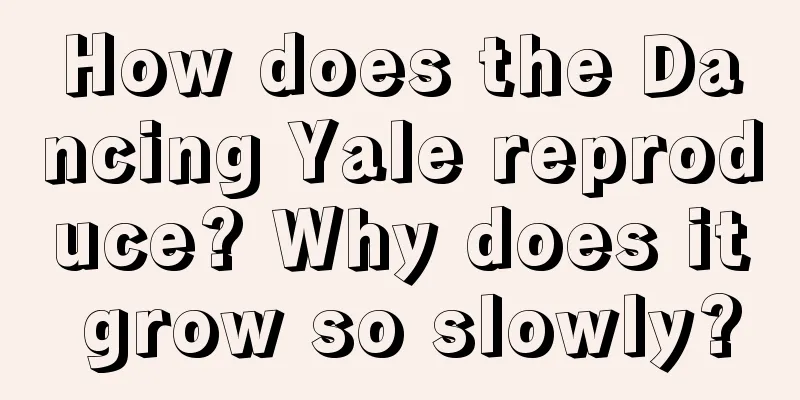Stevia cultivation methods and precautions

1. Maintenance methods1. Temperature: Stevia has a certain degree of resistance to low temperatures and can survive at a temperature of -5°C. The optimal temperature is between 20-30℃, so there is no need to worry in winter. 2. Light: It is sensitive to light and can be placed in a place with good light during maintenance. The lighting time does not need to be too long, 2-3 hours of lighting a day is enough. 3. Watering: It likes to grow in places with high humidity. During the breeding period, the soil should be kept slightly moist, because its drought resistance is relatively poor, and it will appear listless if it lacks water. 4. Fertilizer: After the seedlings survive, fertilizer needs to be applied once. Apply fertilizer once during its growing period, and then apply it again after it matures. During the growing period, more fertilizer can be applied to ensure that it has the nutrients it needs for growth. 2. Breeding techniques1. Transplanting: It is best to transplant in May or June when the temperature is around 15°C. The survival rate is also relatively high. There is no problem as long as there is no late frost. 2. Reproduction: Sowing is the most common way to propagate stevia. The soil should be wetted with water before sowing. After sowing, cover the seeds with a thin layer of soil, spray water to keep them moist, and wait for them to germinate. 3. Problem diagnosis and treatment1. Bridge-building insects: The main harm is to eat the leaves of the plants. After discovering the bridge-building insects, you can use a 1000-fold diluted solution of 40% omethoate to spray. It will be effective after using it several times. 2. Leaf spot: This is a common disease, mainly caused by poor ventilation. After getting sick, you should spray with carbendazim in time, once every half a month, and the effect will be seen soon. IV. Other issues1. Is it edible? Stevia is edible, and its leaves can be eaten directly. After washing, you can use it to soak in water or cook porridge. It tastes particularly sweet. 2. Can it be grown indoors: It can be grown indoors because it requires less light. As long as you pay attention to ventilation, it will grow well indoors. |
<<: Cultivation methods and precautions of Panax notoginseng flower
>>: Breeding methods and precautions of colorful red star
Recommend
What fertilizer to apply to ground-planted roses in spring
1. What fertilizer to apply When planting it in t...
When is the right time to prune the keel?
Keel pruning effect When the dragon bone flower g...
Can lotus be eaten? Can pregnant women eat it?
1. Can I eat it? Lotus is edible. There are speci...
Can roses be fertilized in winter? (What fertilizers should be applied to potted roses in winter)
How to fertilize roses in winter for best results...
Can Begonia be grown in the bedroom?
1. Can it be placed in the bedroom? The answer is...
How to eat pumpkin, how to make tender pumpkin delicious
1. How to eat pumpkin There are many ways to eat ...
How to divide Lithops
1. It can be propagated by division Lithops can b...
What fertilizer is best for blueberries?
As a popular berry fruit , blueberry is loved by ...
Should ginger lotus be watered thoroughly? How much water should be watered at a time?
Is the ginger lotus watered thoroughly? Ginger lo...
Is the iron begonia poisonous?
1. Is it toxic? The thorn balsam is poisonous. It...
He planted a peanut in a pot, and everyone followed suit
Peanut potted plants Can you recognize this cute ...
How to grow Kalanchoe
1. Breeding environment: 1. Soil selection: Try n...
How long is the growing cycle of sorghum?
Introduction to Sorghum Growth The production are...
How to grow peony flowers and when will they bloom?
1. How to raise 1. Soil preparation: When caring ...
How to deal with root rot in small jade
Causes of root rot in small jade High temperature...









